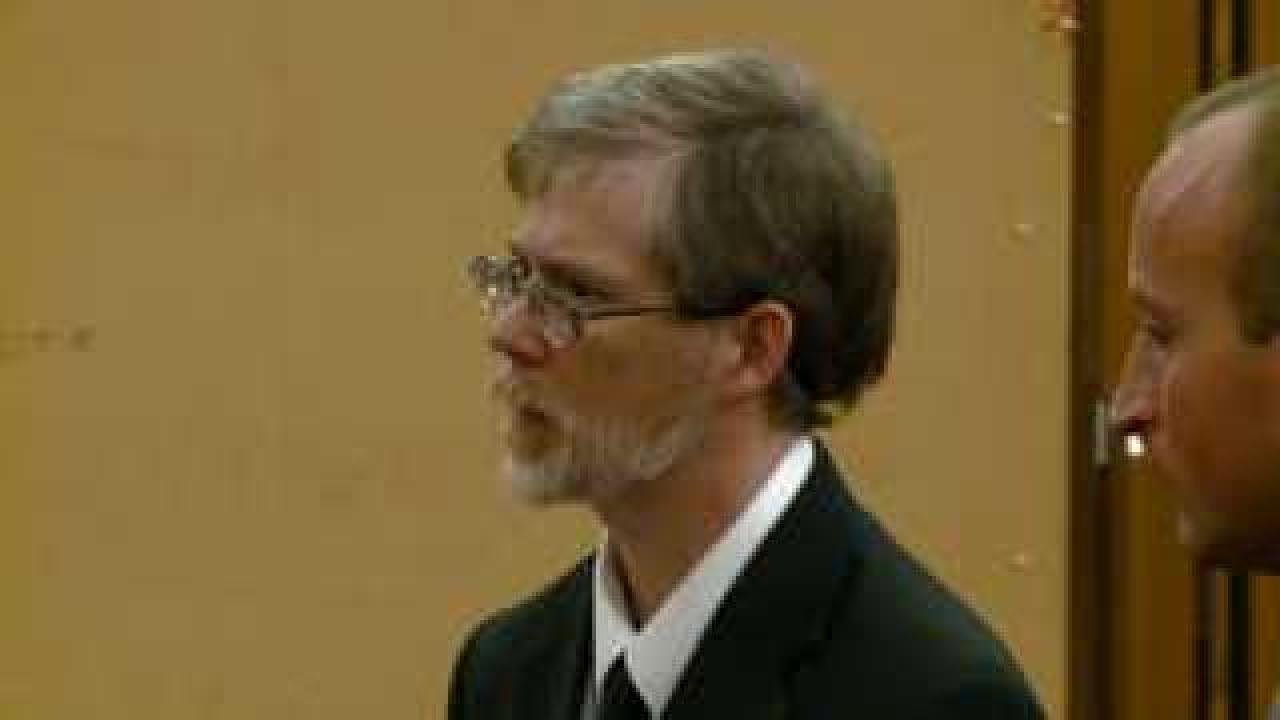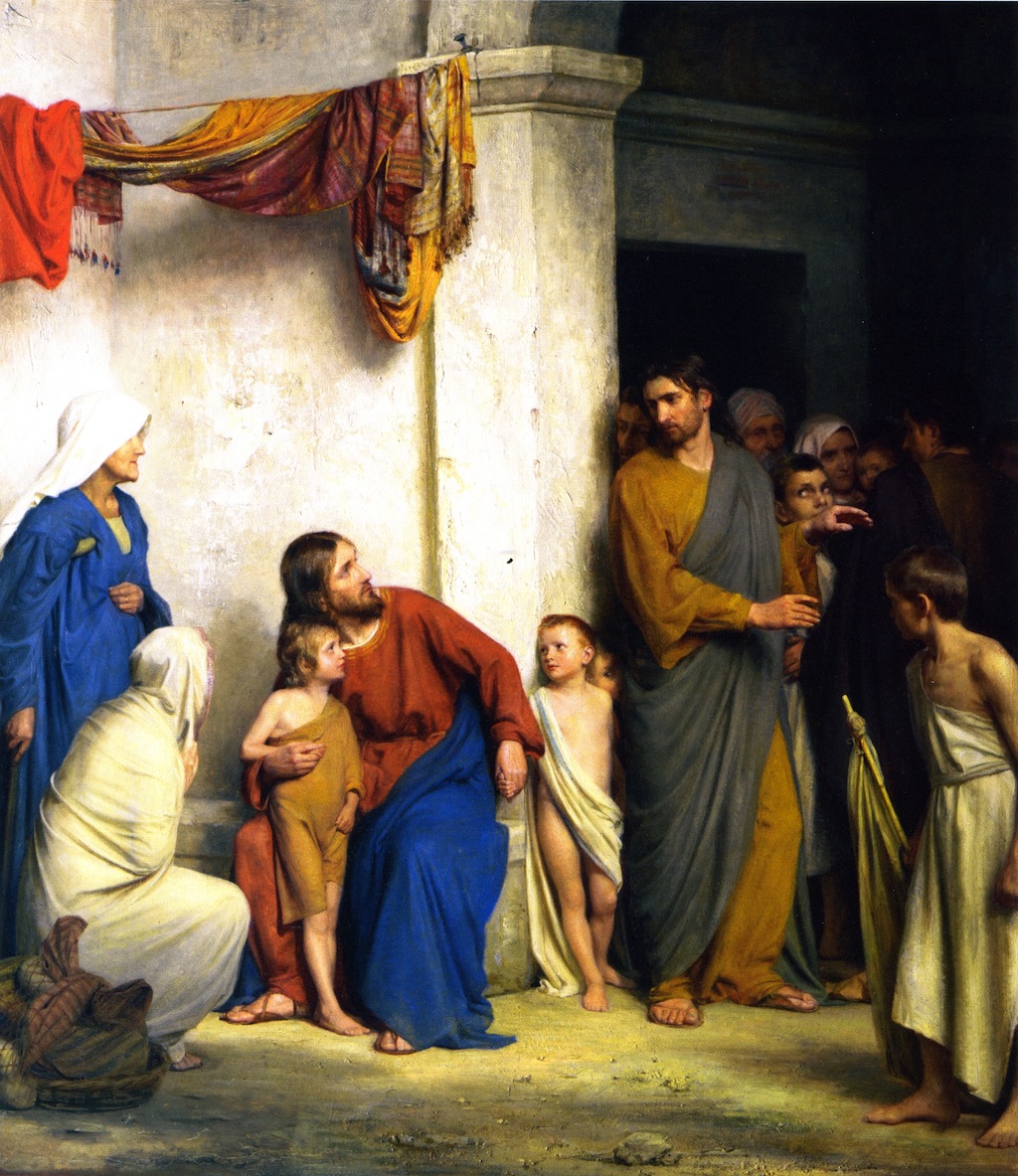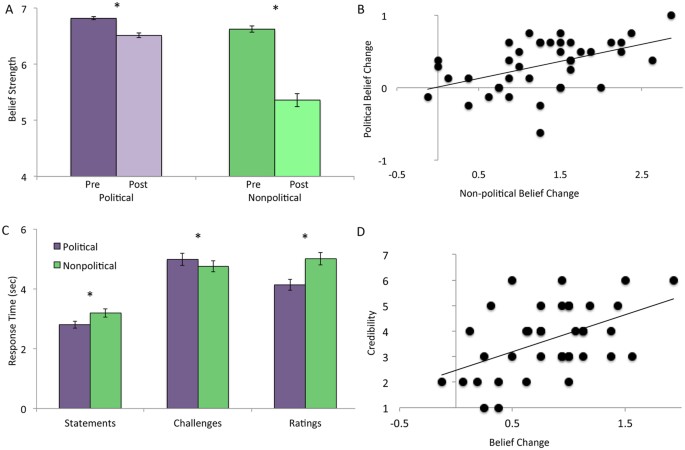boojies
Recruit
★★★★
- Joined
- Jun 28, 2018
- Posts
- 332


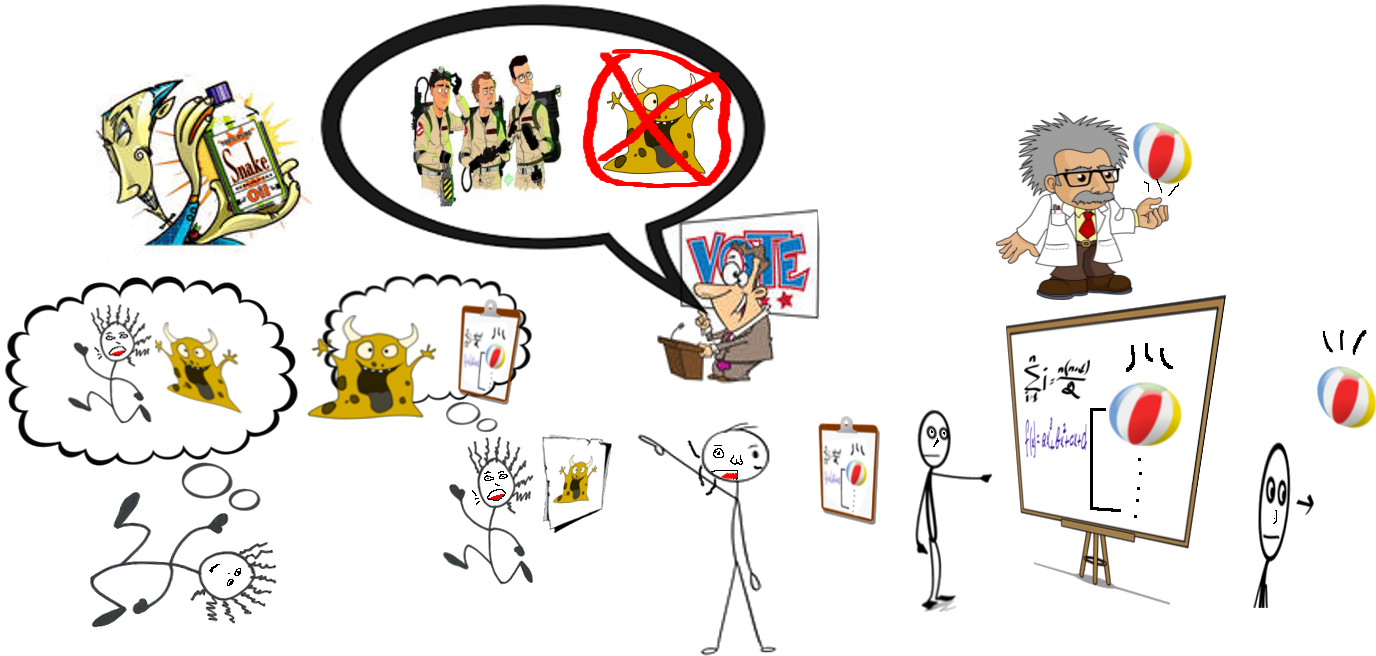

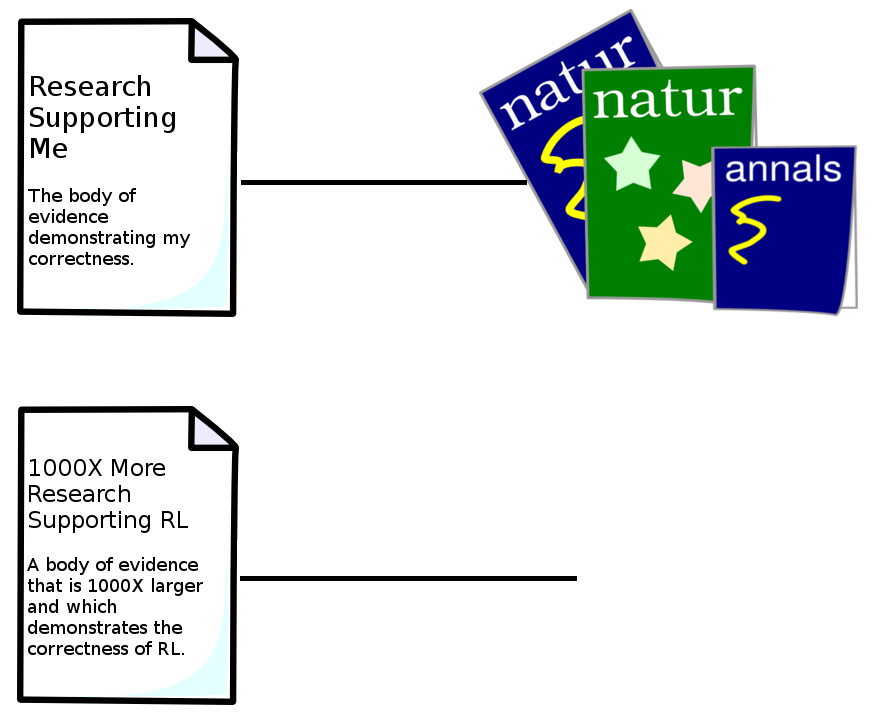



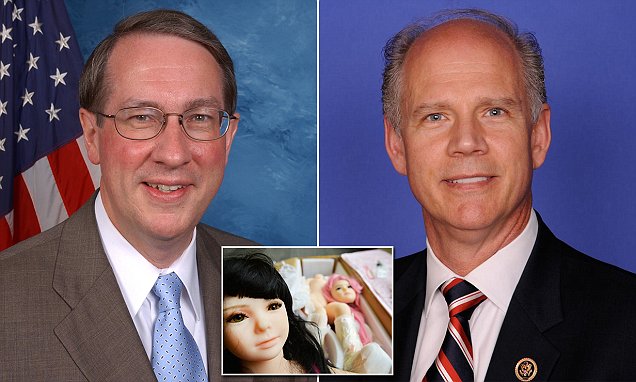
House voice votes to BAN shipments of CHILD sex dolls and robots
On Wednesday, House Republican moved to ban the trafficking and importing of child sex dolls and robots that 'normalize sex between adults and minors' in the CREEPER ACT.
House voice votes to BAN shipments of CHILD sex dolls and robots
...
Some scientist are actually claiming that child sex dolls may reduce pedophilia.
'To the contrary, these dolls create a real risk of reinforcing pedophilic behavior and they desensitize the user causing him to engage in sicker and sicker behavior,' Goodlatte stated.
Research News | Springer — International Publisher
Could making child pornography legal lead to lower rates of child sex abuse? It could well do, according to a new study by Milton Diamond, from the University of Hawaii, and colleagues.
Results from the Czech Republic showed, as seen everywhere else studied (Canada, Croatia, Denmark, Germany, Finland, Hong Kong, Shanghai, Sweden, USA), that rape and other sex crimes have not increased following the legalization and wide availability of pornography. And most significantly, the incidence of child sex abuse has fallen considerably since 1989, when child pornography became readily accessible – a phenomenon also seen in Denmark and Japan. Their findings are published online today in Springer’s journal Archives of Sexual Behavior.
The findings support the theory that potential sexual offenders use child pornography as a substitute for sex crimes against children
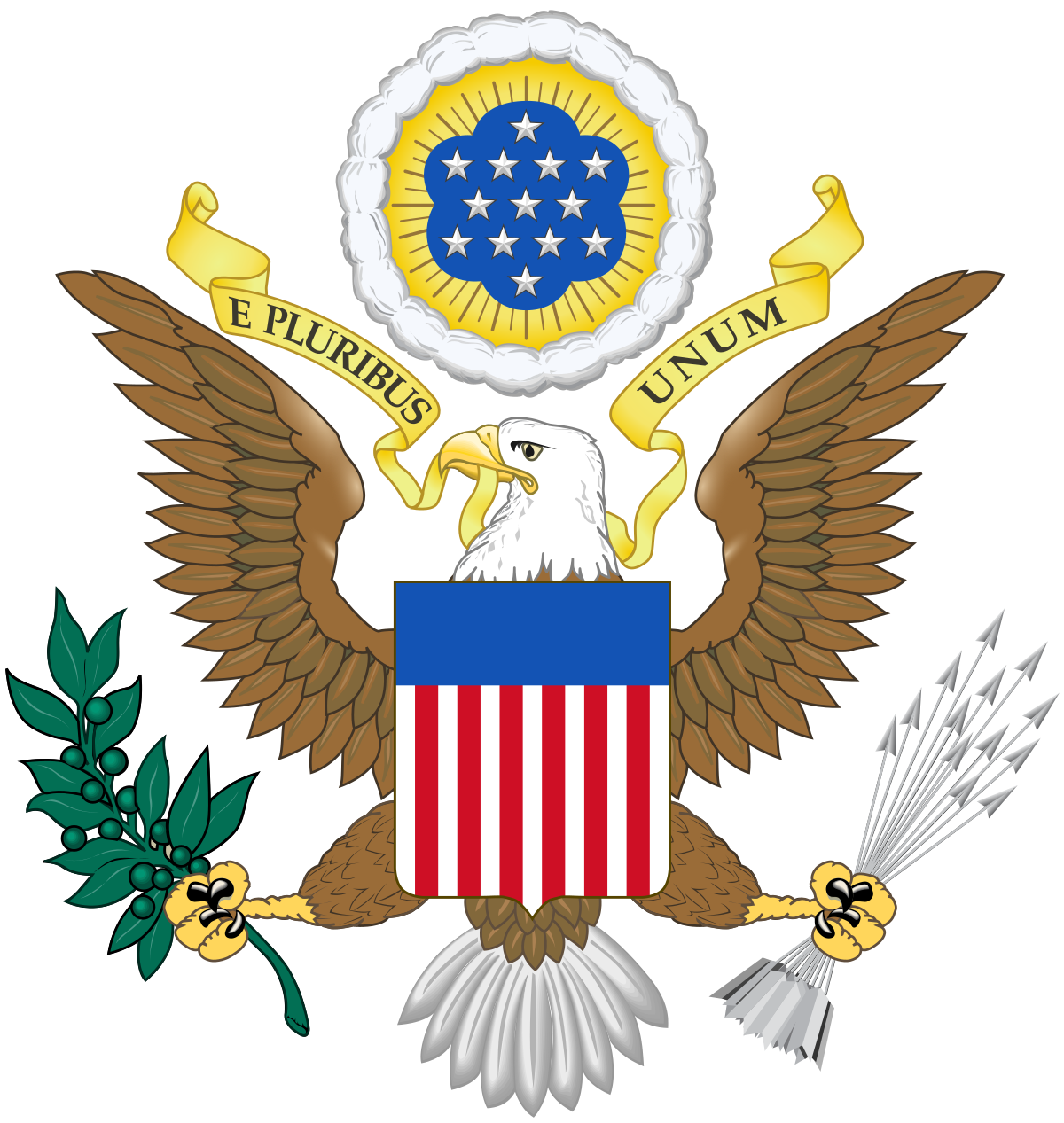
First Amendment to the United States Constitution - Wikipedia
Congress shall make no law respecting an establishment of religion, or prohibiting the free exercise thereof; or abridging the freedom of speech, or of the press; or the right of the people peaceably to assemble, and to petition the Government for a redress of grievances.[1]

Blasphemy laws and mental illness in Pakistan
There is emerging evidence that individuals who are mentally ill are overrepresented in the group of defendants prosecuted under the blasphemy laws of Pakistan. This article discusses the background of blasphemy legislation in Pakistan, and proposes causal ...
Blasphemy laws and mental illness in Pakistan
There is emerging evidence that individuals who are mentally ill are overrepresented in the group of defendants prosecuted under the blasphemy laws of Pakistan. This article discusses the background of blasphemy legislation in Pakistan, and proposes causal interactions between underlying mental illness in the defendant and prosecution for blasphemy. It sketches possible legal safeguards for such blasphemy defendants with mental illness in mental health legislation.
...
The entire spectrum of psychopathology lends itself to various behavioural infringements that could fall foul of the blasphemy laws in place in Pakistan. Individuals with psychotic disorders, such as mania and schizophrenia, can present symptoms of grandiose and bizarre delusional systems of being of divine origin, behavioural disinhibition and lack of insight, which place them at risk of prosecution under these laws. Individuals with autism, with varying degrees of intellectual disability, are another diagnostic group also at risk of not being able to follow social rules of due reverence and regard for what the community holds sacrosanct. Neurotic disorders such as obsessive-compulsive disorder can also create overbearing and compelling pressures on individuals to blaspheme in some instances, and this can have serious legal consequences if the targets of the blasphemy are revered by the community.
The association of mental illness and blasphemy allegations can also be more complex. Sexual abuse of vulnerable individuals with intellectual disabilities has on occasion been masked by allegations of blasphemy by abusers when they fear discovery. The lack of any legal protections for such vulnerable blasphemy defendants ensures that their testimony is extracted when they fear for their lives, and the sex abuse issue is concealed behind the allegations of blasphemy. In other cases, physical abuse can be an interacting factor, where the blasphemy allegations are raised against an individual with autism for example, when various attempts to physically discipline the individual have failed, and have, instead, resulted in severe physical injuries, which could lead to criminal prosecution against the abusers, unless blasphemy is raised as the reason why the discipline was implemented in the first place.
The most commonly cited criticism of the blasphemy laws is that they are used by the majority community to victimise religious minorities. Nevertheless, it is often the case that the person who is alleged to have committed the blasphemy has underlying vulnerabilities that explain why that person in particular stands so charged, and not others within the same disadvantaged community. The basis of this vulnerability can often be some form of mental illness. It is a separate matter whether this illness could benefit from treatment, but what is clear is that such individuals require some form of legal and social protections by virtue of their mental illness.
So funny to imagine all of the traitors in our government imagining they are going to bring justice to me for not worshiping their respected pagan idol. Are you going to arrest me for my fucking engineered genome that you fabricated yourself successfully identifying the treason committers and simply losing because of how powerful they became by their treasonous subversion of our constitution?
I'm sorry that the CIA didn't think ahead to realizing that the cheaters would be the only people in charge by their fabrication of idols, and that I would be a criminal for disbelieving in this fucking abomination. I don't even believe in hell, yet rest assured that all who believe in the MKUltraic idols are going to burn in damnation for eternity by all Abrahamic religious scriptures.
The CIA condemned to hell all dead members of our supreme court who they had reference this pagan idol. They rendered our supreme court as treason committers and idolators.
ipt-forensics.com/journal/volume4/j4_2_1.htm
The Origin of the Myths
In 1976 Robin Lloyd, correspondent for NBC, published For Money or Love: Boy Prostitution in America (Out of Print)(Out of Print).18 In the book, for which a U.S. senator had written an introduction, Lloyd claimed that a huge network of prostitution involving 300,000 boys existed. The notion that child pornography trade is big business was initiated in this book. Yet, nowhere in the book is there any empirical basis for the number 300,000. Indeed, Lloyd admitted that it was a working hypothesis which he had suggested to a number of experts to test their reactions.19 This didn't prevent Judianne Densen-Gerber, director of Odyssey House, a chain of residential treatment clinics for drug addicts, from taking over the figure as if it represented a reliable statistic. She set about to mobilize public opinion against child pornography to which, she said, Lloyd had alerted her.
The media followed the stories of child exploitation in detail. In the national periodicals during 1977 nine articles appeared.20 The New York Times, a paper known to avoid sensationalism, printed 27 articles that year compared to one in the two years before. When in May, 1977 the highly popular television series Sixty Minutes devoted a program to child pornography, a tidal wave of letters to politicians resulted.21 That spring a subcommittee of the Committee on the Judiciary of the House of Representatives held a series of hearings on the subject which lasted until autumn, keeping child pornography in the news in the U.S.A. A platform was established by crusaders against child pornography, and in the prevailing climate of moral panic their cries for stronger measures received wide political support.
The chairman of the committee was Representative John Conyers Jr., who had organized the hearings to pass judgment on the proposal of Representatives Kildee and Murphy for a first Federal law against child pornography. It was this series of hearings that would make the question of child pornography a national issue. The first hearing was dominated by the appearance of Judianne Densen-Gerber. Equipped. with some child pornography magazines, she shocked congressional representatives with her claim that she had, together with Robin Lloyd, counted 264 comparable publications that, according to her, appeared monthly (an exaggeration by a factor of several orders of magnitude as we shall see). The figures which Robin Lloyd had mentioned as a working hypothesis were repeated by Densen-Gerber as fact:
Lloyd's book documented the involvement of 300,000 boys, aged 8 to 16, in activities revolving around sex for sale.22
She then multiplied the number by two, because her intuition told her that 300,000 girls were also involved in such activities. She then multiplied it again by two since, according to Lloyd, the real figure was "twice what he (could) statistically validate,"23 and this lead to something like a million children. The chairman Conyers multiplied this again by two since, he reasoned, America had not only one million runaways but another one million school drop outs. In this way the contours of a national disaster were drawn. According to Conyers:
"So we have somewhere possibly in the neighbourhood of 2 million kids who form a ready market for sexual exploitation from pornographers and the like."24
Densen-Gerber could not agree more. The Kildee-Murphy proposal was made law without any opposition: 401 for, 0 against.
The Spread of Rumors
In 1986 the Senate Commission33 under the chairmanship of William V. Roth, Republican from Delaware, came to the same conclusion as the ILIC report. Nevertheless, neither the Roth report nor the ILIC report were able to dampen the spread of rumors about an enormous trade. Even in 1986, the claims of Lloyd and Densen-Gerber continued to come up as facts in official reports: the Meese Commission, initiated by the Reagan administration to prepare a drastic sharpening of the anti-pornography laws, uncritically took over these claims.34 According to the Meese Commission, Congress had discovered that child pornography and child prostitution "have become highly organized, multi-million dollar industries that operate on a nationwide scale."35 The monthly appearance of 264 magazines (Densen-Gerber) was again reported as truth, alongside the 30,000 exploited children of Los Angeles (Lloyd Martin).
The U.S. Supreme Court took over these claims in their first child pornography case, New York v Ferber (1982), saying that child pornography comprised, "highly organized multimillion dollar industries that operate on a nationwide scale."36 The otherwise dignified court was so upset by the alleged extent of the problem that the solicitor for the accused, Herald Price Fahringer, lost his composure and fled the sitting as fast as he could.37
The claims of Lloyd and Densen-Gerber also appeared outside the U.S.A. The report, Exploitation of Child Labour, which was submitted in 1981 to the Commission for Human Rights of the United Nations, claimed: "In the United States there are at least 264 pornographic magazines specializing in pornography concerning children."38 It was claimed that in 1977, 15,000 slides and 4,000 films of child pornography had been intercepted by the police, which was, according to the report, 5% of the total stock in circulation.
According to the United Nations report, the value of trade in child pornography in 1977 was estimated at $500 million. Such estimates are not based on any kind of empirical evidence, and are easy to refute. If these claims were true then the allegedly intercepted slides and films would have had a value of thousands of dollars each.39 In reality, these films were sold for much less, which can be checked with reference to the advertisement brochures of Deltaboek, publisher of homosexual pornography and literature. From here it is apparent that the Golden Boys film series, produced by COQ in Denmark, cost 85 guilders each, which is about $35.
In 1986, Defence for Children International prepared a report on child prostitution in which they claimed: "Estimates on the number of child prostitutes vary from 300,000 to several millions for the U.S. and Canada."40 A year later these figures were taken over by the Norwegian Ministry of Justice.41 This report was later submitted to the Ministers of Justice of the member countries of the Council of Europe. Within the Council of Europe a report on child exploitation was written in which it was claimed that: "A study of boy prostitutes had suggested that there were 300,000 boy prostitutes in the United States, many of whom are designated runaways."42 The claims of the United Nations report were also repeated. As late as 1988 the Dutch language world development magazine, Onze Wereld (Our World), claimed that: "The American (sic) periodical43 Child Abuse and Neglect reported that in the United States at least 264 different child pornography magazines are in circulation. The kiddieporn stars are drawn from the numerous American runaway teenagers."44 The same article made similar exaggerated claims about alleged illicit trade in donor organs obtained from children killed for the purpose. The story about donor organs had also appeared in the report of the Council of Europe, although there was never any evidence and the story was not credible from the beginning.45
The alleged size of the child pornography trade and the many children said to have been involved, are little more than myths. They are the result of the arbitrary multiplication of arbitrary numbers of alleged victims made by a journalist. The claims had taken on a life of their own. The fact that these claims had by 1980 been rejected by thorough official investigations was insufficient to prevent the claim from reappearing, not only in the media but also in other official circles, including the United States Senate, the United States Supreme Court, a Commission of the American Justice Department, the United Nations and the Council of Europe. After the number had been cited in the Hearings of the House of Representatives, it became associated with an ostensibly reliable source. The fact that the original source was anything but reliable was forgotten.
McKune provides a single citation to support its statement “that the recidivism rate of untreated offenders has been estimated to be as high as 80%”: the U.S. Dept. of Justice, Nat. Institute of Corrections, A Practitioner’s Guide to Treating the Incarcerated Male Sex Offender xiii (1988). Justice Kennedy likely found that reference in the amicus brief supporting Kansas filed by the Solicitor General, then Ted Olson, as the SG’s brief also cites it for the claim that sex offenders have this astonishingly high recidivism rate. This Practitioner’s Guide11 itself provides but one source for the claim, an article published in 1986 in Psychology Today, a mass market magazine aimed at a lay audience. That article has this sentence: “Most untreated sex offenders released from prison go on to commit more offenses– indeed, as many as 80% do.” But the sentence is a bare assertion: the article contains no supporting reference for it. But perhaps the author was merely offering an estimate based on his training and expertise. The problem there is that he had little of either.
He is a counselor, not a scholar of sex crimes or re-offense rates, and the cited article is not about recidivism statistics. It’s about a counseling program for sex offenders he then ran in an Oregon prison. His unsupported assertion about the recidivism rate for untreated sex offenders was offered to contrast with his equally unsupported assertion about the lower recidivism rate for those who complete his program.
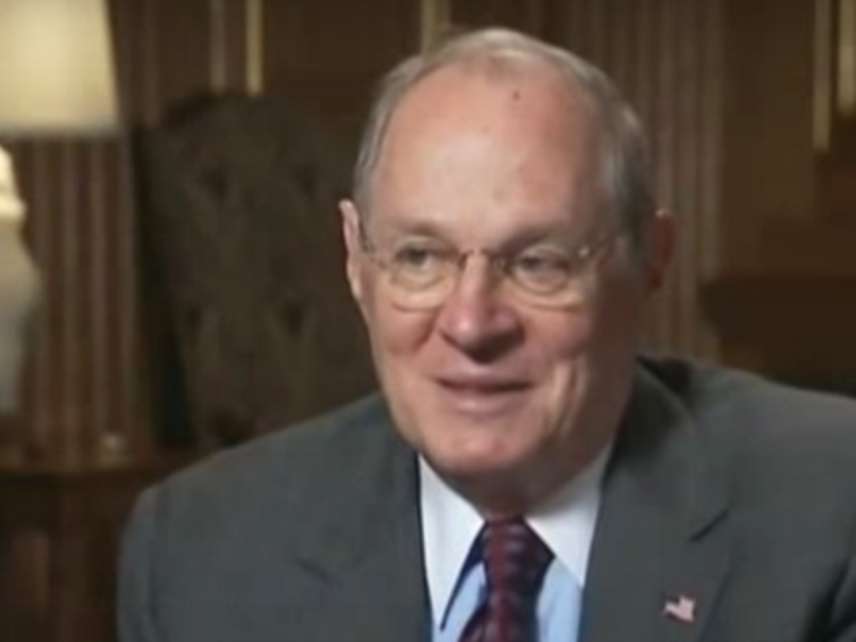
The 'Frightening and High' Factoid About Sex Offender Recidivism Still Stalks Courts Across the Land, Completely Untethered From Actual Numbers
Justice Anthony Kennedy's bogus 2002 claim figures prominently in defenses of an Arizona bail ban.
That phrase comes from Justice Anthony Kennedy's plurality opinion in the 2002 Supreme Court case McKune v. Lile, where he claimed "the rate of recidivism of untreated offenders has been estimated to be as high as 80%." Kennedy's characterization of the recidivism risk as "frightening and high" has been echoed in scores of decisions upholding restrictions on sex offenders. But the original source for his recidivism estimate was an uncorroborated assertion in a 1986 Psychology Today article by a therapist who has repudiated the number, saying he is "appalled" at its lingering impact.

Let us not rape the real babies in actual reality to protect the sanctity of the idols of the CIA.
Last edited:



